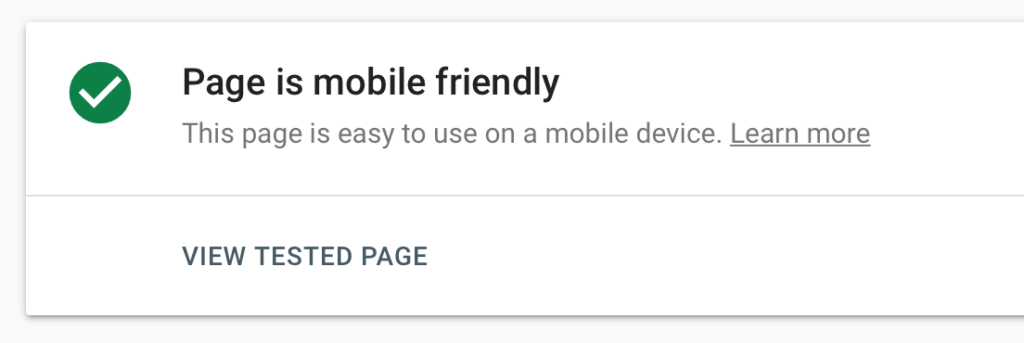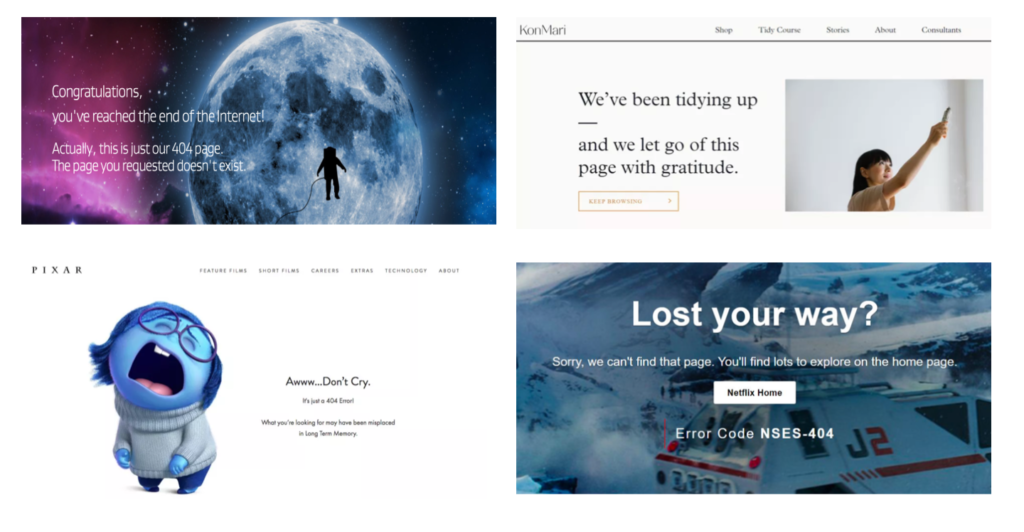OK, let’s address the elephant in the room first of all. What exactly is technical SEO, and how does it differ from SEO in general?
SEO – Search Engine Optimisation – is the whole process of improving the position of a web page in the search results of Google or another search engine.
There are three key aspects of SEO:
- On-page SEO : things that you can do primarily with the content of your website to help it get recognised by search engines.
- Off-page SEO : other things that you can do to help drive traffic to your website; for example building good quality inbound links from other reputable sites.
- Technical SEO : supports on-page and off-page SEO by ensuring that your site and content are fully able to be searched effectively by search engine crawlers. It puts into place the infrastructure that will give your content the best chance possible to score highly in search rankings.
Inevitably, there is a degree of crossover between all three types of SEO, but it can be helpful to look at the three aspects separately to better understand them. In our article How to reboot your SEO strategy, we cover lots of hints and tips primarily about how to do on-page and off-page SEO well. In this article we focus on technical SEO.
We will briefly look at six factors that are really essential in getting your technical SEO spot on:
- Site speed;
- Mobile friendliness;
- Sitemap and structure;
- Structured data;
- Working links;
- No duplicate content.
Site speed
Around half of all consumers will close a web page if it does not load within 2-3 seconds. They will pogo-stick onto another search result, even if your site may have been the best one to resolve their search query.
But it gets worse. Not only will a slow-loading site lose you potential customers, it can also impact how Google views your site. There are two reasons for this:
- Site speed is one of Google’s ranking factors. If your site loads slowly, you are automatically at a disadvantage.
- If your site is slow to load, Google’s search engine crawlers will have less time to spend searching it. Which could lead to some of your content not being picked up.
There are many tools available that can help you to check your site load speed, including Google PageSpeed insights. If you find there are issues, you need to take the opportunity to fix them as soon as possible. It may be something as straightforward as compressing or removing images, or it may need you to recode part of the website. But it will be well worth the effort in terms of better technical SEO.
Mobile friendliness
As of February 2022, over 57% of all global web traffic is via mobile phones. So it is staggering to realise that an estimated 44% of companies still do not have websites that are mobile-friendly! Especially when it is one of Google’s increasingly important ranking factors.
You can check how mobile-friendly a website is by entering its URL into Google’s mobile friendly checker tool. Enter your URL, and the tool will do a live test on the mobile-friendliness of your site.
Hopefully you will achieve a positive result, such as the one below.

But if it turns out that your site is not as mobile-friendly as you might want it to be, there are three main ways of dealing with this:
- Responsive design. If you use responsive design for your website, the size of the display will adapt according to the visitor’s device.
- Different versions. You could have different versions of your website – and different URLs – for visitors from different devices and/or use a mobile app for your mobile audience.
- Dynamic serving. You could use the same URL for all visitors, but they are shown a different version of the site depending on the kind of device being used.
Most companies find the most popular and flexible solution is responsive design.
Sitemap and architecture
If your site architecture and content is clear and well organised, this will help Google’s crawlers to search it more easily and discover new and updated pages. These pages will then be indexed by Google, ready to be shown in Google Search results.
Also ensure that your website’s URL naming conventions are as simple as possible, so that they are both search engine and user-friendly. The URL should give a clear indication to searchers of the content and purpose of the page they represent.
There are two additional tools that can help with clarifying the architecture of your site:
-
XML sitemap
For large sites it is also important to have an XML sitemaps that lists all the URLs on your site, as this can vastly improve the indexability and crawlability of your site. A sitemap can also provide additional information to the crawlers such as the relationship between different pages on your website, and when pages were last updated.
-
Robots.txt file
Also consider adding a robots.txt file. This can instruct search engines as to which pages to crawl and which to ignore – for example admin and login pages, basket and checkout pages, and supplementary resource pages. This ensures that only the pages you want to prioritise are indexed and included in search engine results.
Structured data
Another important tool to help search engines better understand your website is structured data.
Structured data – also known as schema markup – could be described as the language of search engines. Using schema markup involves adding various html tags to the content of your site in order to help it communicate with search engines.
Not only can this improve your search engine rankings, it also enables search engines to give users more relevant results by understanding the context behind the content.
Another benefit of schema markup is that it can provide additional content for search engines to display rich results to searchers.
The easiest way to get started with schema markup is to use Google’s Structured Data Markup Helper. There are also various schema mark up plugins on the market for Wordpress and other site creation software.
Working links
We looked earlier at the importance of clear site architecture, and one key issue related to this is to ensure that all the links on your site work as they are supposed to. So you need to do all you can to make it as easy as possible for search engines to crawl your site, and boost your chances of ranking higher.
There are three particular actions that we would recommend you take:
-
Check for broken links
Check regularly that all internal and external links work as they should. No-one likes a broken link and it can quickly create a bad impression of your site.
There are various tools available to identify broken links so that you can keep everything as up to date as possible.
-
Establish redirect chains
If visitors are still landing on a page that is now no longer relevant, you need to set up a reliable redirect to the page you want them to get to.
You can either set up a permanent (301) or temporary (302) redirect which will help the search engine to decide how much of your old page’s authority to transfer to the redirected page. It is usually better to create a permanent – 301 – redirect as this will transfer 90-99% of the old page’s authority to the new page.
-
Create a 404 page
The dreaded 404 is a very common browser code, which means the page could not be found. Ideally your site will be so robust that visitors or searchers never encounter a 404. But it is worth creating an interesting 404 page just in case the worst does happen.
There are many examples of 404 pages that brands have used to raise a smile and save the day. And a bit of personality shining through is way better than the bog standard browser walk of shame!
Some of the examples below might give you a bit of inspiration here! From top left, clockwise, AVG, KonMari, Netflix, Pixar.

No duplicate content
One critical technical SEO mistake that is so easily made is duplicate content. Simply, content that is either identical or very similar that appears on different URLs, including other pages on your website.
Duplicate content can be a major problem for SEO because search engines will not know which page to index or which version to rank for query results. This could dilute the impact of the content and it could then struggle to rank.
If you have several pages of your site on which you need similar content to appear, you can overcome the issue in one of three ways:
- Delete any duplicate pages, and set up a permanent 301 redirect from the deleted URLs to the remaining page containing the content;
- Have the core content on just one page and link to this content from any other pages that need to reference it.
- Add a canonical tag to the URL you want search engines to index. This informs search engines that the URL represents the master copy of a page and is the one that should be indexed.
We hope that this article has been a useful update to effective Technical SEO. If you need any specific help or advice then do get in touch with us here at Xcite Digital.
This closer monitoring of the industry could in time facilitate more accurate predicting and enable regulators to address potential issues before they become full-scale market problems, rather than implementing regulation after the event.
So these are ten of the trends that will continue to disrupt and revolutionise the financial services industry during 2019. Exactly how that will look by the end of the year remains to be seen. But one thing is for certain, for effective digital marketing for finance businesses it is vital to be aware of these trends and monitor their progress as the year continues.
